February 2023
“Beer is cool.”
That’s John Crane, the soul of brevity and Publican wit from the 3 Legged Crane wrapping up his fireside chat at our last meeting. Crane’s personal beer history, if traced on the palm, courses away from the shallow groove of hype toward a deeper, more relatable kind of glory.
“I think about being a brewer as somewhere between a cook and a painter,” he says, illustrating the artistic choices that guide his particular process in his particular “kitchen”: the brewery. As most of us don’t have a flat top, Robot Coupe, or Salamander in our kitchens, the 3 Legged Crane is a 3-barrel, bare bones brew house that relies on muscle memory and practiced intuition rather than bells, whistles, buttons, and solenoids.
Crane is the second publican at the Oakridge brewery, having taken over the mash paddle from the late Ted Sobel, founder of Brewers Union Local 180, in 2020. The brew house is on its second life, at least; it had lived at Roseburg’s Hawks Brewing Co. in the ’90s. After the transfer of ownership, the beer “situation” got a facelift when Crane put house-brewed force-carbonated beer on draught for the first time. It’s a ruse, though, and macro brewers hate this one simple trick: offer a sample of cask beer when the customer comes for a second pint. Rather than starting off with a sip of 50-degree ale, the palate is primed after the first cold pint warms up and is finished at cellar temp. You might call it conversion therapy and not get slapped.
The thing Crane and Sobel both gravitated to has been extrapolated by the Brits and adopted by beer writer Jeff Alworth: it’s the “moreish” nature of cask ale, an ethereal dichotomy where the senses of aroma, taste, and flavor are fulfilled, and the body is able to consume pints in a session without being overfull and distracted from conversation. There’s the set and setting, too: “The beauty of beer is the pubs that have lasted forever and ever.”
The way the 3 Legged Crane operates is pretty dang homebrewerly. The process is hands-on, a brew day is about 8 hours, and each cask must be primed, vented, and tapped individually. Crane had some tips for us about cask conditioning, which will come in handy for our annual Real Ale party in May. He uses two methods: a “krausen” style, and priming.
The former requires some skill; it’s advisable to know what your final gravity will be, which means force-fermenting a sample of your beer in a warm place, thus getting a final gravity reading before the beer in bulk has finished. Then, rack to keg or cask when 3-4 gravity points remain. Seal it up and let sit at room temperature for about 4 days. Fermentation will complete, and the residual CO2 will be trapped in the keg/beer. Priming is more simple; add a measured amount of sugar solution to the keg as you would when bottle conditioning, but calculate for 1-1.2 volumes of CO2 instead of 2.5+. Instead of dextrose for priming, Crane uses maple syrup (around 2oz for a 5-gallon batch). He says it ferments out clean but provides a minerally finish, another feature that sets English and American ales apart.
As with any malt-forward, low gravity brew, quality ingredients and healthy yeast are a recipe for success. Crane’s favorite part of his brewing process is top cropping; literally scooping the dense foam of actively fermenting yeast from the top of the fermentor and saving it for the next batch. Not all yeasts are made for this, but those that are, like the Timothy Taylor’s strain, can be reused for dozens, even hundreds of generations under the right conditions. Crane’s gone as high as 60!
For malts, Crane chooses high quality, classic English and German brands, as well as BC’s Gambrinus malt. He designs his recipes with body in mind, and is specific about whether the beer will be cellared in cask or go on draught; the two different service styles don’t always work with the same beer.
In classic English style, 5% abv is considered “strong,” and Crane recently produced a 2.7% lager with a surprisingly full body thanks to a generous dose (10% of the grist) of Golden Naked Oats. Hops, generally, are used in measures of “a skosh,” the dash of salt that doesn’t taste salty. There are IPAs, of course, without the hype.
You’re probably overdue for a visit. This month (sometime after the Irish celebration), the 3 Legged Crane is hosting a Scottish Ale Fest. There’ll be four different Scottish-style ales to try out, including one you must shout: Et’s Noot A Skirt! Check the website for details.
It’s a Major Award!
Let’s just say: congratulations! And also, thank you to the organizers. As a judge, it couldn’t have been better (except for maybe a mid-flight back rub, is that asking too much?). The overall deliciousness of submissions continues to rise; I’m always joyful to score a beer over 40, and will reiterate: if you can’t tell that anything needs improving, it should be over 40 (like me. I’m 40 and definitely, absolutely, objectively don’t need improving… does that make me 50?)
Dana gave a great rundown of all the medal winners at the meeting, linked right here for your enjoyment.
